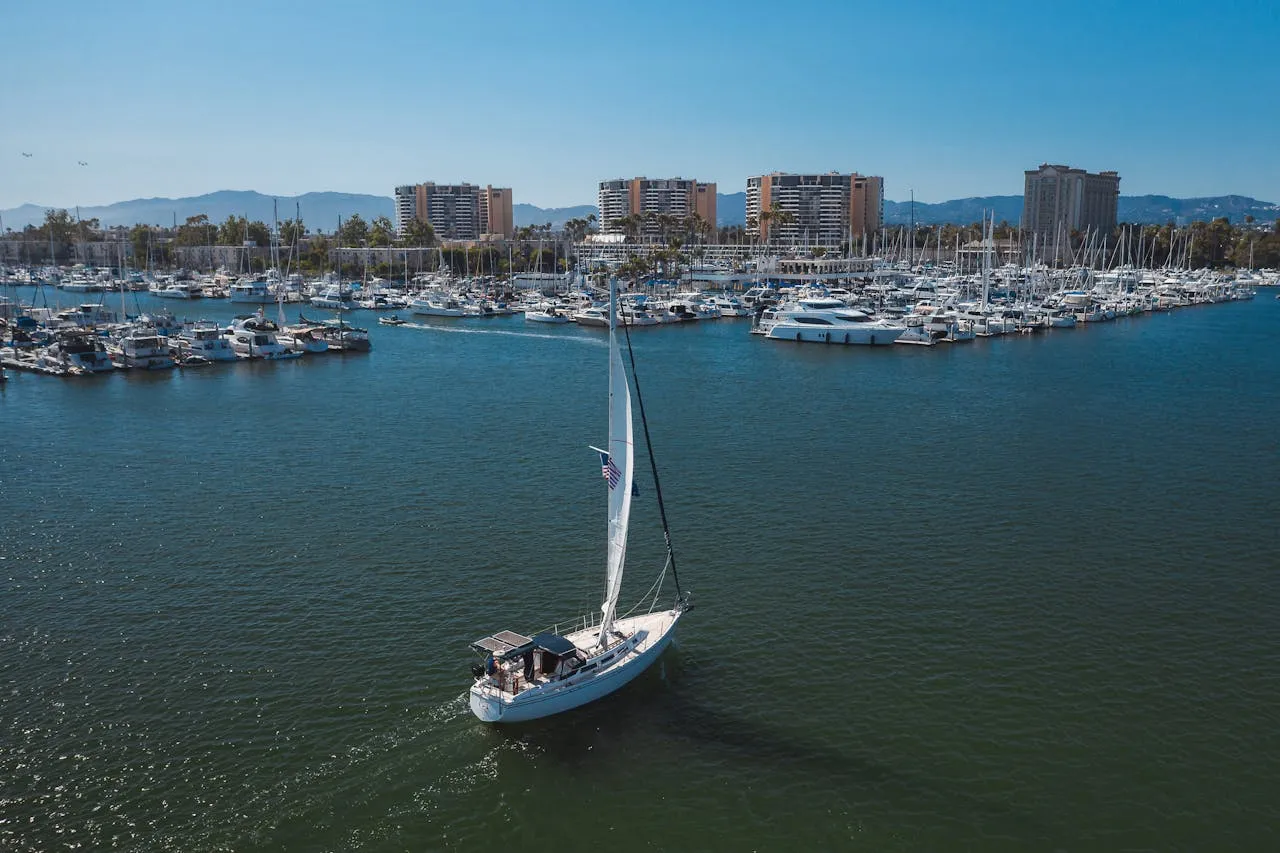14 July 2025
Which Type of Boat Requires the Least Maintenance?
When shopping for a yacht, many people's main concern is not ‘which is the best one to buy’, but ‘which one is the most hassle-free’. Which type of boat requires the least maintenance? This question, after all, is about the balance between time, budget and efficiency of use. From experience, the answer is clear: a cutter-rigged sailboat is the least costly and easiest to operate, especially for novice or recreational boaters who want to get out on the water with ease and don't want to have to make frequent repairs.

Which Type of Boat Requires the Least Maintenance?
Smaller yachts have an advantage in terms of operation and maintenance. For example, yachts that are limited to 30 feet in length and up to 3.5 metres in width can be transported on a trailer, with permits, without the need for escorts, and are more flexible in terms of usual storage. Not only can they be docked at dedicated marinas, they can also be parked in standard car parks or even next to garages. These vessels are more compact, with fewer systems, simplified equipment and reduced maintenance.
Modern yachts, even at smaller sizes, offer comfort through good ergonomics. A 29-footer may have three cabins, separate washroom areas and shower space, enough for two to four people on a daily basis. And smaller size means less material and simpler parts, which naturally reduces the time and cost of subsequent maintenance.
Why is a sailboat the easiest to maintain? In terms of simplicity and durability, the vertical sailboat really stands out. This type of sailboat has a single mast with a multi-blade foresail and requires no complicated equipment or auxiliary devices. There are no large mechanical systems or additional technical configurations, so beginners can also get started and maintenance is naturally easier. Fewer systems on board means fewer potential points of failure and no need for frequent overhauling or replacement of expensive parts at a later stage.
In addition, the vertical sailing boat is more stable in windy and rough seas, as the foresail configuration provides increased control, and the generally wider hull design and shallow draft allow for good sailing performance in areas with strong currents. Whether used for short-distance recreation or daily practice, the vertical sailing boat can combine safety and hassle-free.
Is It True That the Maintenance Cost of a Sailboat is Lower Than That of a Motor Boat?
Many boat buyers often ask: ‘Isn't a sailboat more expensive to maintain?’ The answer is: with proper use and planning, sailing boats are indeed more cost effective than motorised boats. Although a sailboat still requires a significant initial investment and involves specialised accessories such as rigging, sails, gas tanks, etc., the cost of fuel is almost negligible as it relies on the wind to sail.
At the same time, many sailing enthusiasts join clubs or opt for seasonal moorings, strategies that can effectively reduce the cost of marina berths. Especially for small sailboats, repairs involve cheaper parts and less maintenance manpower, making the overall expenses manageable. If you choose a longitudinal sailboat with a simple structure, then you can even minimise the maintenance costs.
Marina Fees Also Affect Maintenance Costs
Although the focus of this post is on which type of boat requires the least maintenance? , it is important to note that berthing costs are an inescapable part of a boat owner's daily expenses. The cost of a marina varies from place to place and is usually calculated on the basis of “length x width x price per square metre”. Marinas in city centres or popular resorts are more expensive, while those in more remote areas are less expensive.
Some marinas offer seasonal discounts, so it is advisable to enquire in advance. Choosing a berth that suits your budget and location can also indirectly reduce the pressure of expenses in maintenance. Especially for short-haul users, considering mobile storage or short-term trailer transport is not a bad way to save.
How Can I Further Reduce My Maintenance Needs?
If you want to really reduce the difficulty of boat maintenance, you can also start from the material and system configuration. Fibreglass hulls are preferred, as their resistance to corrosion and ageing far exceeds that of wood or aluminium. For sails and rigging, the use of synthetic materials can also significantly reduce maintenance, as they last longer and are easier to maintain than traditional canvas.
In addition, the layout of the boat's engine room, batteries, plumbing and pumps also determines the ease of handling for future maintenance. Some additional features, such as electric winches, autopilot systems, intelligent control panels, etc., although the initial investment is a little high, but can significantly improve the overall experience and the efficiency of the later overhaul, in the long term it is a worthwhile consideration of the configuration.
Which type of boat requires the least maintenance? It comes down to choosing a boat with a simple structure, intuitive systems and a pragmatic configuration. Vertical sailboats excel in these areas, making the sailing process easier and drastically reducing maintenance stress. If you're looking for a boat that's both hassle-free and practical, prioritise a suitably sized longline sailboat. For those who want to know more about yacht selection and maintenance advice, please feel free to contact us, Yachttrading is committed to providing you with a one-stop yacht consulting and trading service.
 Report
ReportNetizen comment
Comments

Leave the comment
Relevant Recommendation
Yacht Guide
Most Recommended




